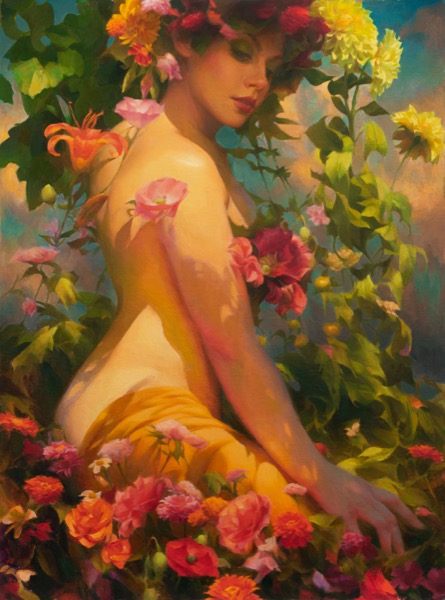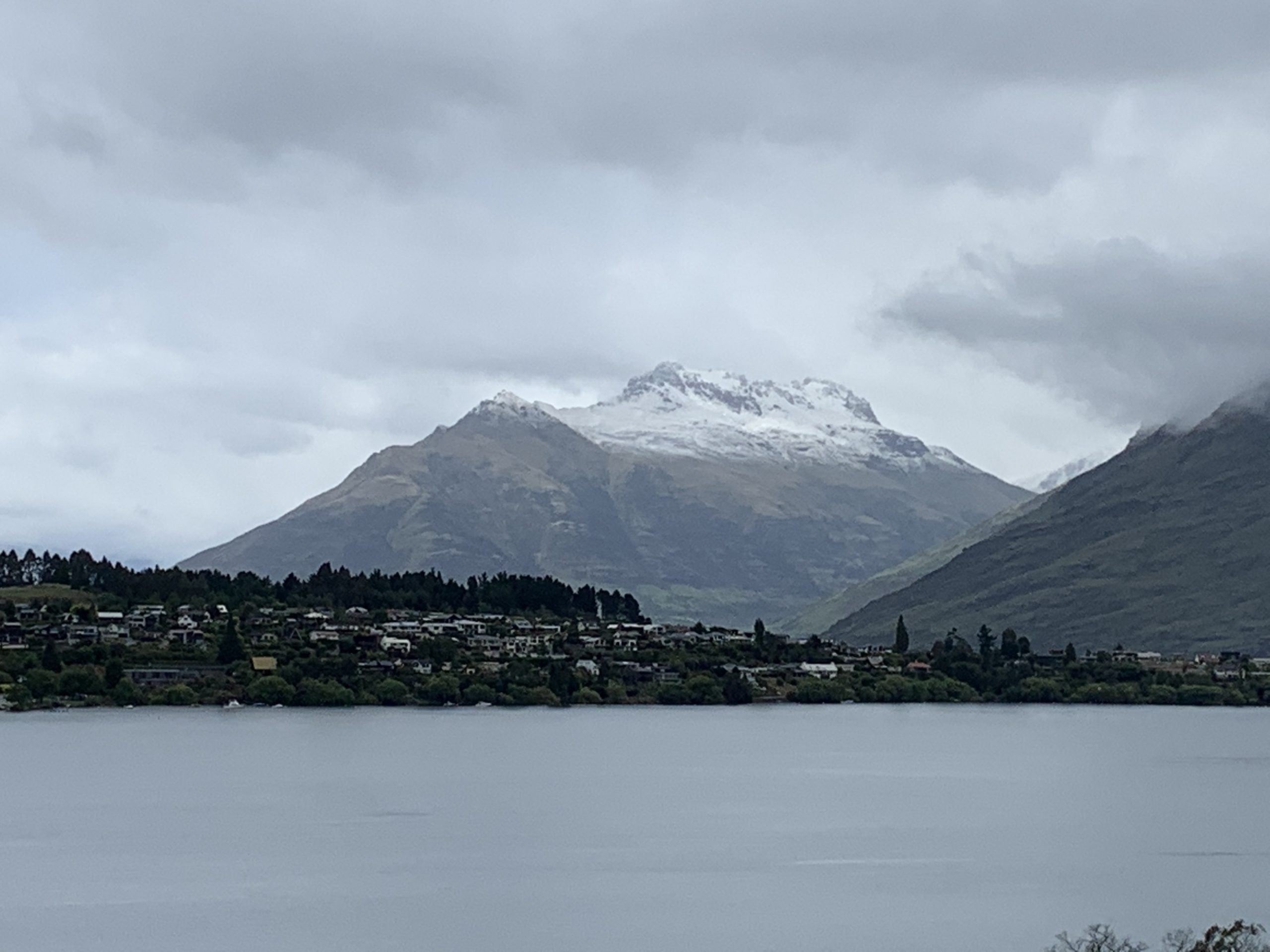
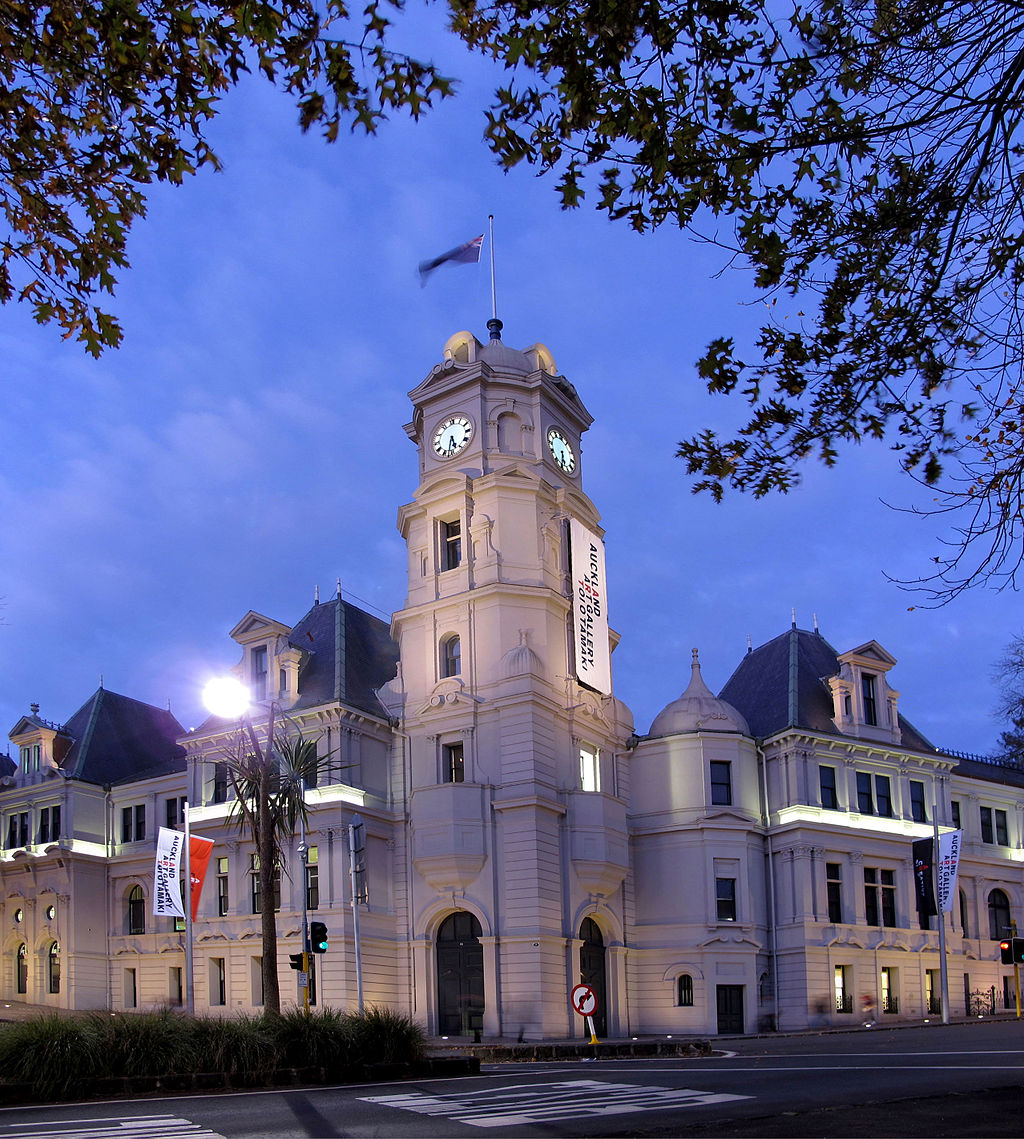
One of the great pleasures of international travel is to visit and view the national collections of art museums around the world. In a recent visit to New Zealand which is justifiably heralded as a land of spectacular natural beauty that attracts outdoor enthusiasts from around the globe, I was delighted to experience the diversity of art works exhibited at the Auckland Art Gallery which is not a private gallery, but rather, the country’s largest art institution.
Opened in 1888, the original main gallery building housed not only the art museum, but also the public library and the City Council offices which were later moved.
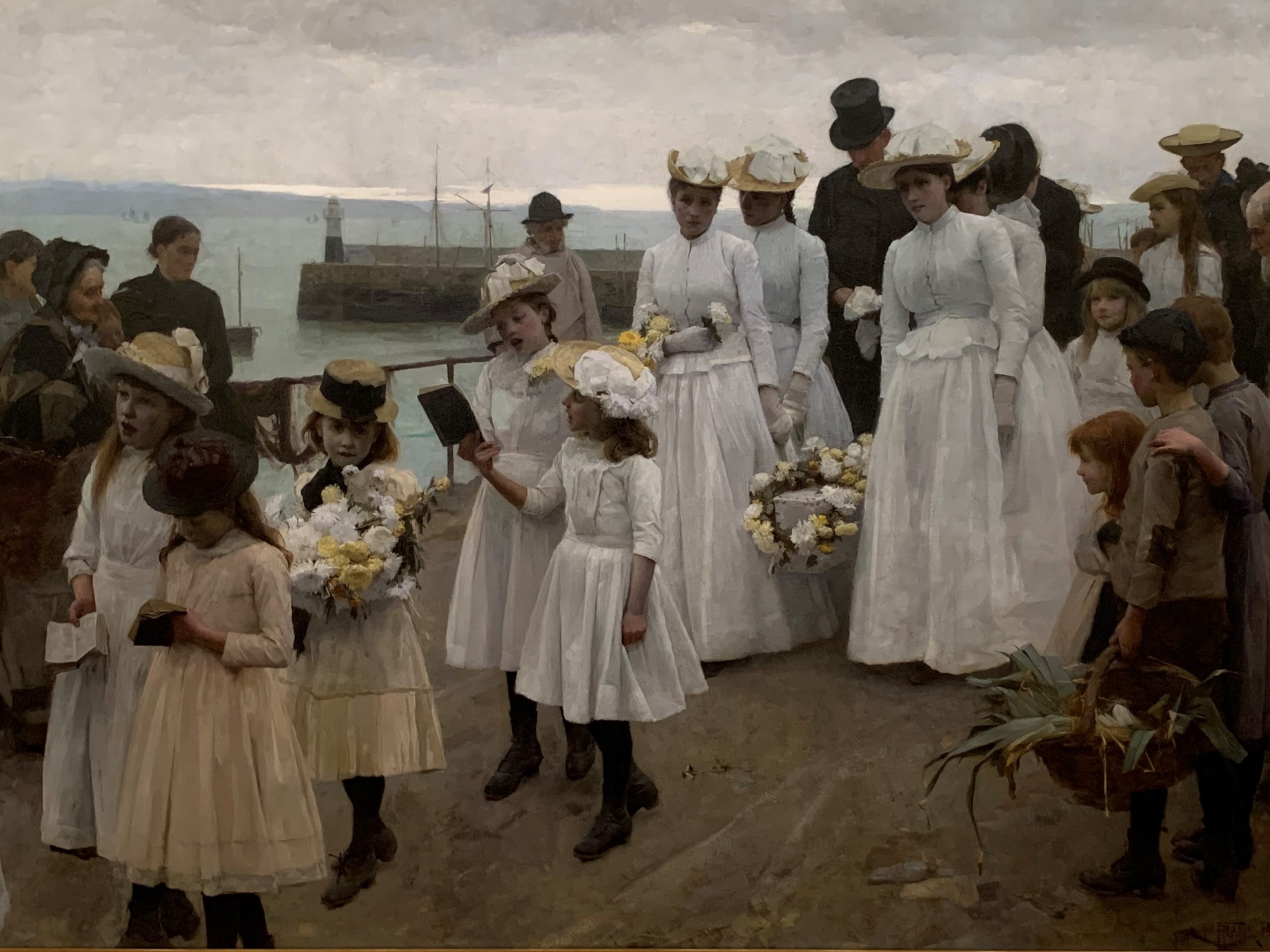
The Auckland Gallery initially focused on European and British art, with major donations by Sir George Grey (former colonial governor of New Zealand) of over 12,000 items (manuscripts, rare books and paintings) and James Tannock Mackelvie (decorative arts, furniture, ceramics and paintings). The Mackelvie Trust continued to acquire works for the Gallery such as the striking social realist painting shown above by British artist, Frank Bramley, which underscored the grief associated with child mortality regardless of class (contrasting the white dresses and expensive flowers of the girls and women in the funeral procession with the local fishing class).
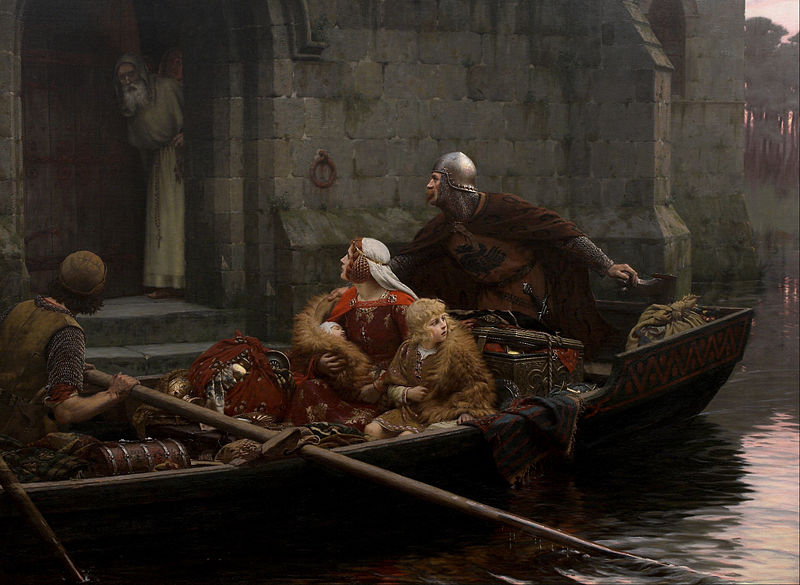
Indeed, for the first half of the 19th century, the collection continued to be dominated by European old masters such as this popular work by Edmund Blair Leighton who specialized in historical genre paintings that were praised in the European academic system (this work was exhibited at the Royal Academy exhibition of 1897), but later disparaged by modern art curators.
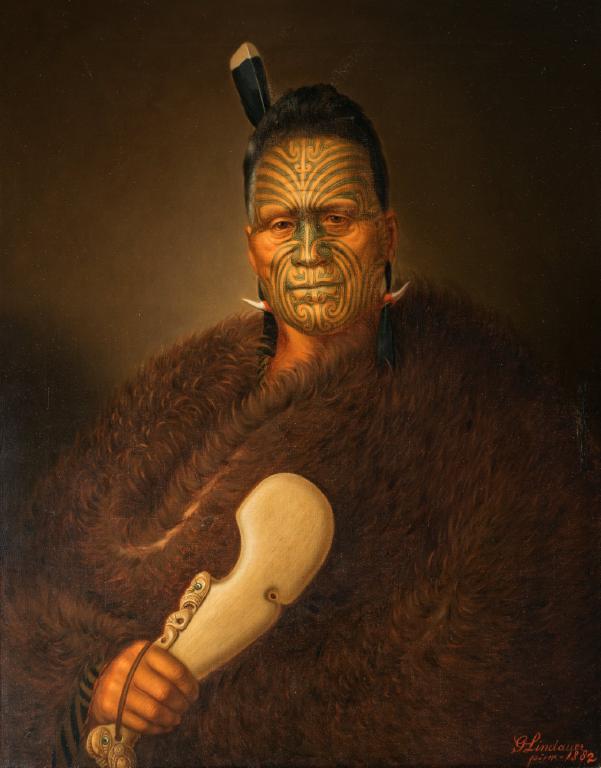
In contrast, in 1915, Auckland businessman, Henry Partridge donated his collection of paintings by Gottfried Lindauer, a Bohemian artist who immigrated to New Zealand in 1874 and became famous for his paintings of the Māori people, including many portraits of Māori chiefs such as this painting of a chief of the Tainui tribes. As explained by the Gallery, this collection remains an important record of the respected ancestors of the Māori.
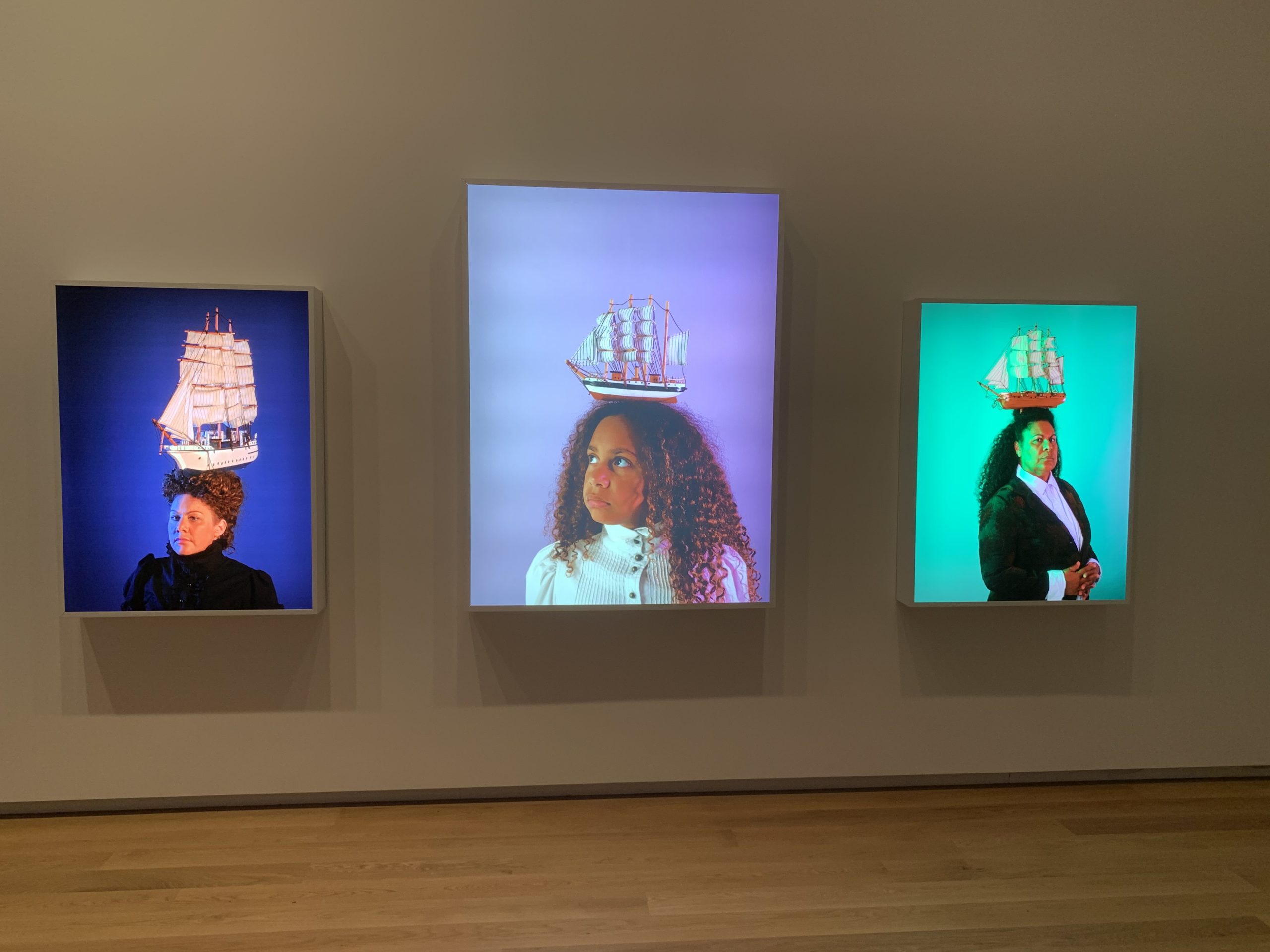
Fast forwarding to the present, the current exhibitions on display entitled Chapters of Change in New Zealand Art, contain a fascinating pictorial history of this country and its art such as the Post-Plantation series by contemporary Australian South Sea Islander artist, Jasmine Togo-Brisby. The series contains three portraits of three generations of women (mother, daughter and granddaughter) whose heads are shown balancing miniature colonial sailing ships as references to the slave diaspora and the practice of kidnapping and transporting Pacific Islanders to Australian plantations.
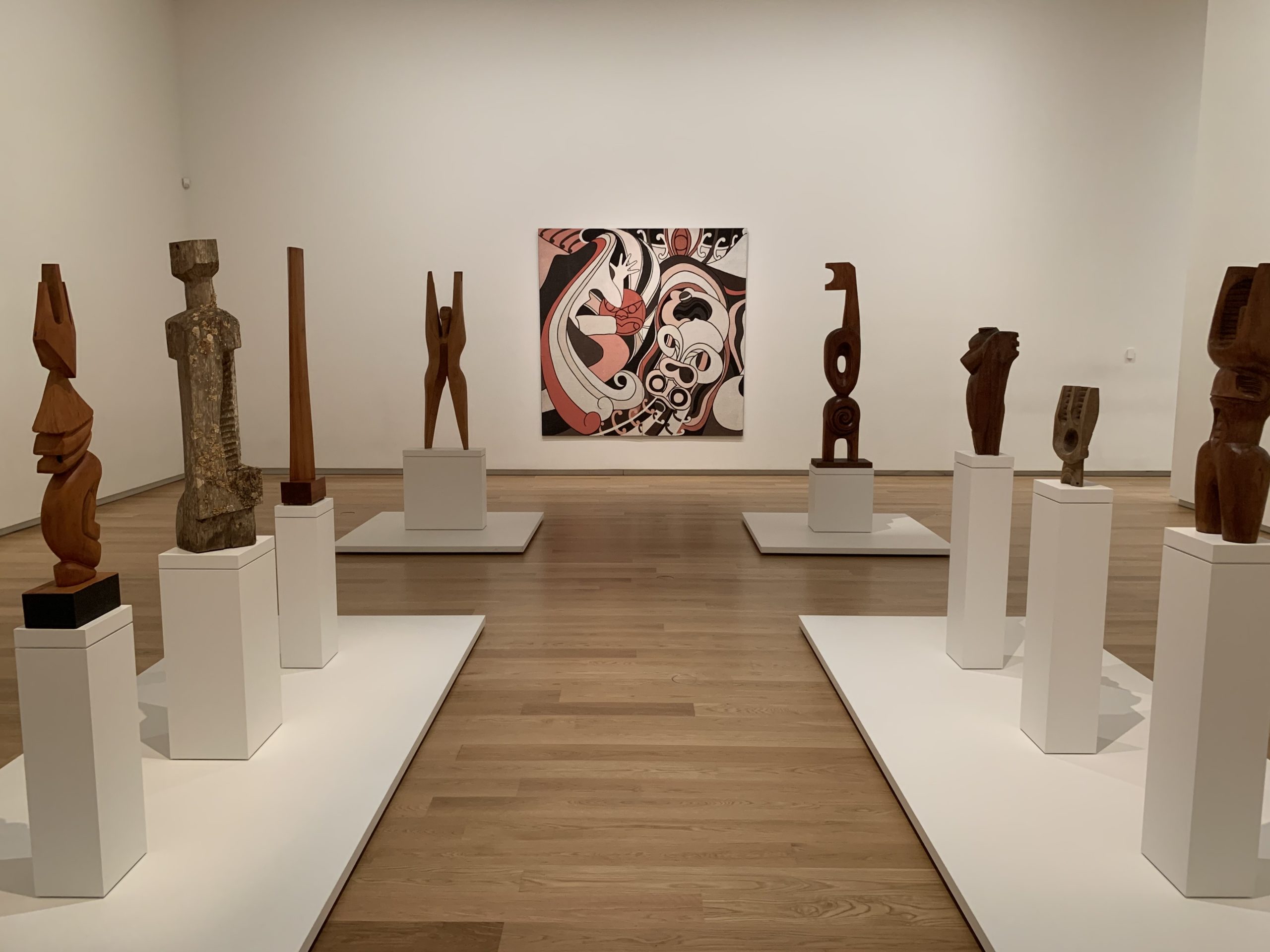
In the chapter, entitled Radical Beginnings, the gallery is dedicated to the elegant and simplified works of the early contemporary Māori fine artists in the 1950’s who broke away from the traditional carvings and paintings that preceded them to embrace the influences of modernist styles and practices of artists like Brancusi, Barbara Hepworth, and Henry Moore while still invoking narratives based on Maori heritage.
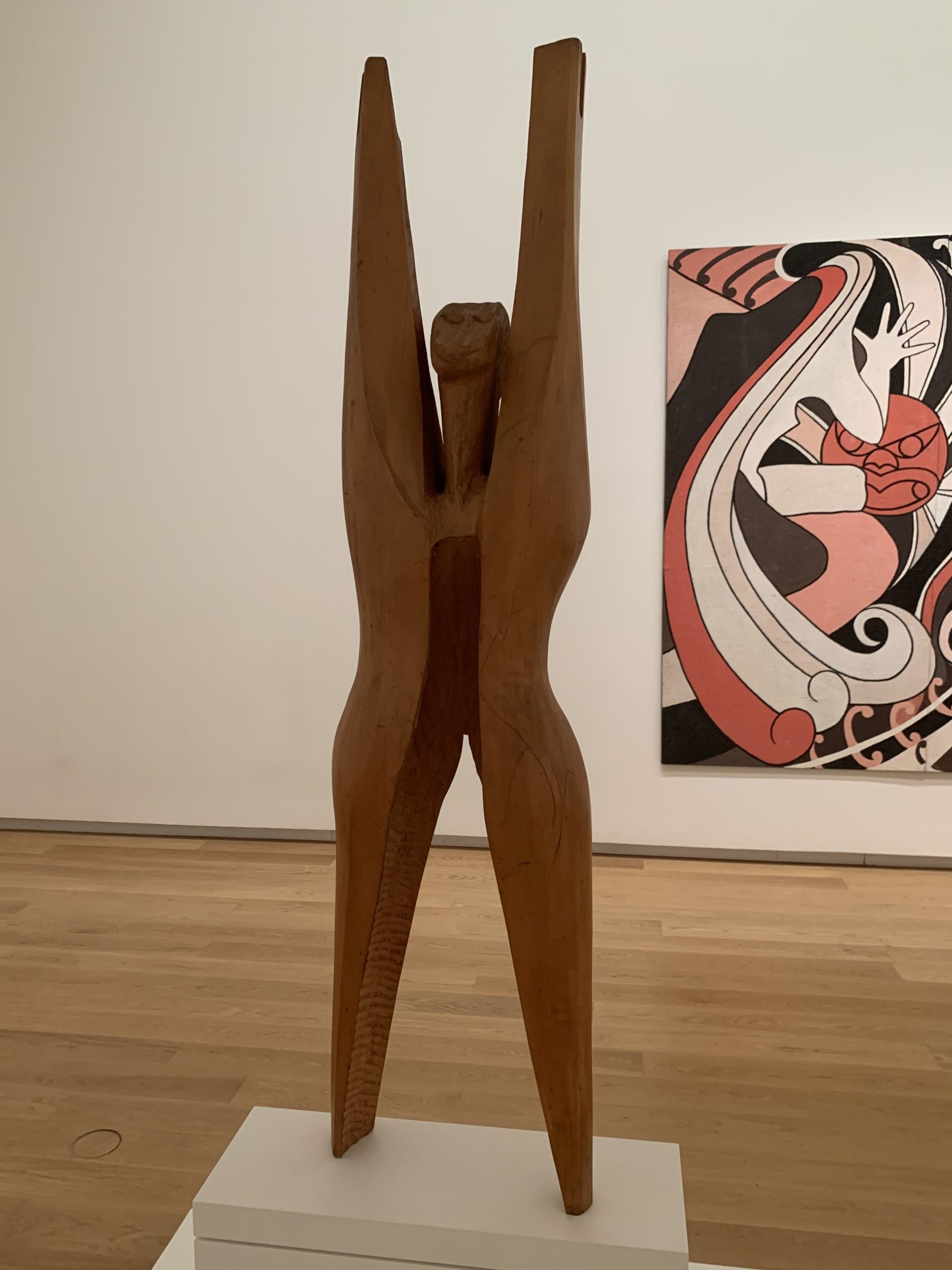
For example, in this sculpture by Arnold Manaaki Wilson, created in 1978, the carving from kauri wood in a simple ‘H’ form depicts Tāne, the great son of Ranginui (Sky Father) and Papatūānuku (Earth Mother).
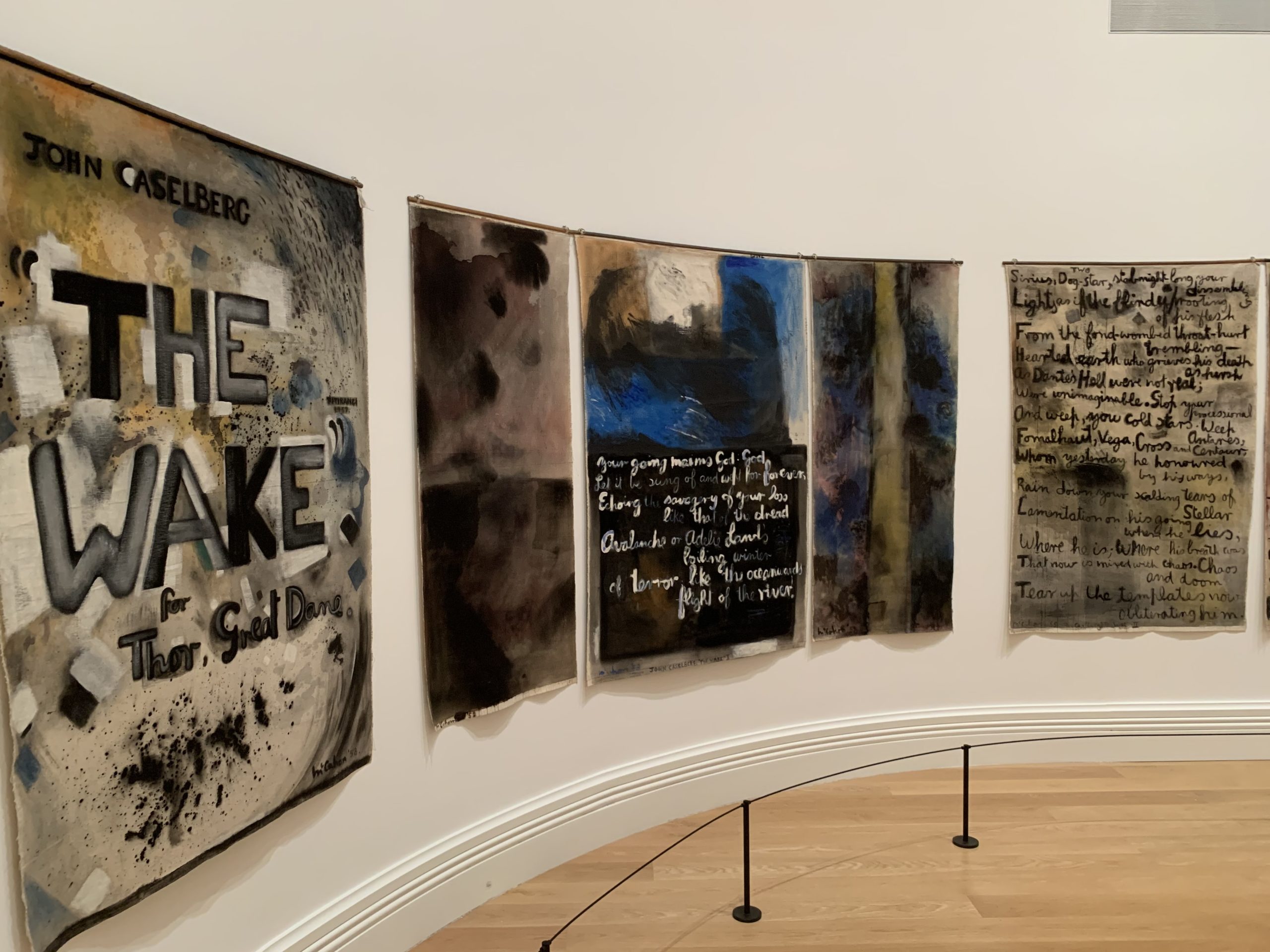
As for the museum’s many exhibition spaces containing contemporary art, one of note is the exhibition entitled “The Wake: A Poem in the Forest,” where the viewer is confronted with an immense painting consisting of sixteen panels painted by the artist, Colin McCahon in the attic of the Auckland City Art Gallery in 1958. Intended at that time as a new kind of visual experience combining painting with poetry, the unframed panels now fill a circular gallery and contain the poem by John Caselberg (a lament for the loss of his Great Dane, Thor) scrawled across a painted environment depicting a New Zealand forest with its distinctive kauri trees that symbolically represent the stages of grief.
In short, if you have the opportunity to visit this magical country, be sure to visit its many cultural treasures such as the Auckland Gallery.
Shannon Robinson is the curator and chairperson of the biannual exhibition Windows to the Divine and the annual Collectors for Connoisseurship Arts Weekends (Nov 5-7, 2020 Denver).





